In celebration of the television series' 50th anniversary, we talk to Maureen Heneghan Tripp, the costume designer for the very first Doctor Who. By Gillian Drummond
William Hartnell was known as a difficult actor. And when it came to his new role, as a time lord for a brand new BBC series called Doctor Who, he and the show's director were already butting heads.
"William Hartnell was not an easy man to work with. He was an angry actor, not simpatico. And he had definite ideas of what he wanted Doctor Who to look like. I was stuck in the middle and told to please both of them," says Maureen Heneghan Tripp, the BBC costume designer who came up with the Doctor's first look back in 1963. It was her job to outfit both the Doctor and his grand-daughter for the show's pilot episode, An Unearthly Child.
"You learn all the tricks of the trade. You have to make sure the actor wants to act in the costume. It's important they really want to wear it. You have to go into their inner thoughts somehow. And you learn never to say no to an actor," says Maureen who, after a costume design career spanning four decades and three different countries, lives part-time in Tucson.
Maureen's first hurdle was William Hartnell's bald head. TV shows were still broadcast in black and white, and the glare of the studio lights would be a problem. So it was decided that a wig and a hat were necessary. Maureen says Hartnell wanted to wear a cloth cap, but she gently suggested he at least try something else - something more exotic and interesting for what would become television's most famous time lord.
Maureen went shopping in London for some Astrakhan fur hats, and came back with six, all in different shades of black. "I thought he would like himself in it," she says. She was right. "He liked it. He liked it with his face. The most important things on TV are the extremities - the hands and face - because that's what you see most of. And the hat was great with a wig," she says.
For the rest of the Doctor's clothes, Maureen - in time lord fashion - skipped back a century to the 1900s. "It had to be something related to the 20th century but not too far away from it, so I thought why not go into the 19th century. The streetwear at the time was Edwardian-ish."
So Maureen gave the Doctor an Edwardian style coat. "He had to have fobs and a chain and a pocketwatch - it was part of the script - so we gave him a waistcoat. Then he had to have a muffler [neck scarf], because all travelers seemed to wear mufflers."
Working for black and white television meant learning what colors read certain tones, and which fabrics - like wool - absorbed more light.
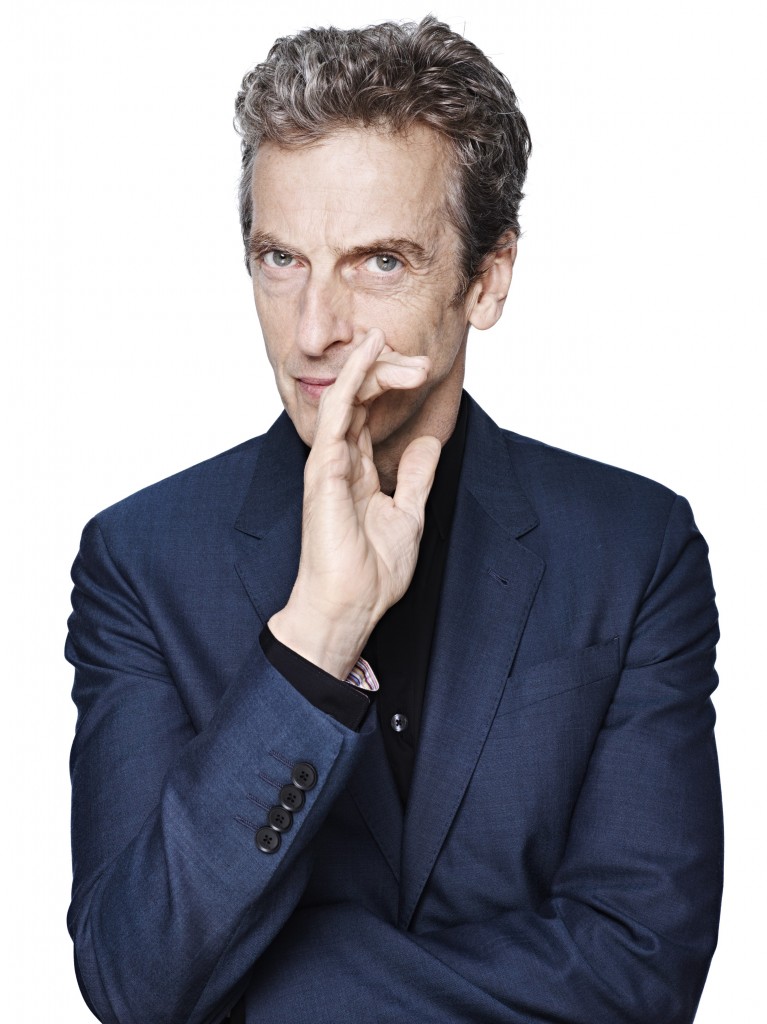
Peter Capaldi become the new Doctor Who in a Christmas special this December. Photo by Rankin, copyright BBC
Maureen, who grew up in England and Scotland, says she was always fascinated by the history of dress. The daughter of an actor and sister of actress Patricia Heneghan, Maureen studied costume design in London. After three years with the Royal Shakespeare Company - where she worked with the likes of Laurence Olivier, Vivien Leigh, Peggy Ashcroft and Michael Redgrave - she spent five years with the BBC.
She emigrated to Canada, where she continued her theatre and television work. Then, wanting more regular hours, she moved into academic theatre, first at Harvard, then Boston University and, latterly, at Brandeis University in Waltham, Massachussets, where she still has a home.
She first visited Tucson on a lecture tour 22 years ago, and returned as a winter resident five years ago.
* Doctor Who: The Day of the Doctor special is out on DVD and Blu-ray December 10th. BBC America will air The Time of the Doctor - Matt Smith's final episode and the Doctor's regeneration into Peter Capaldi - this Christmas, date to be announced.
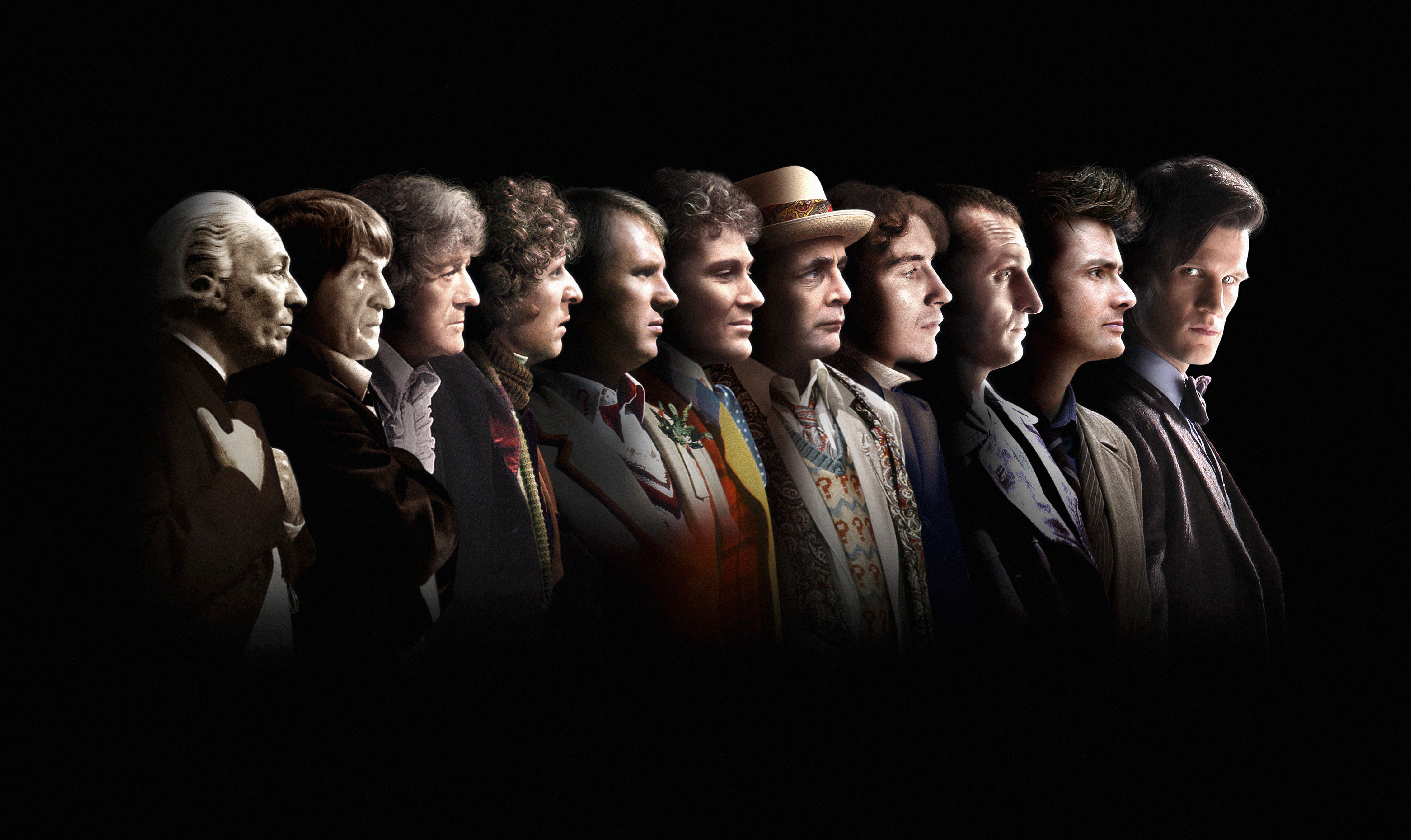
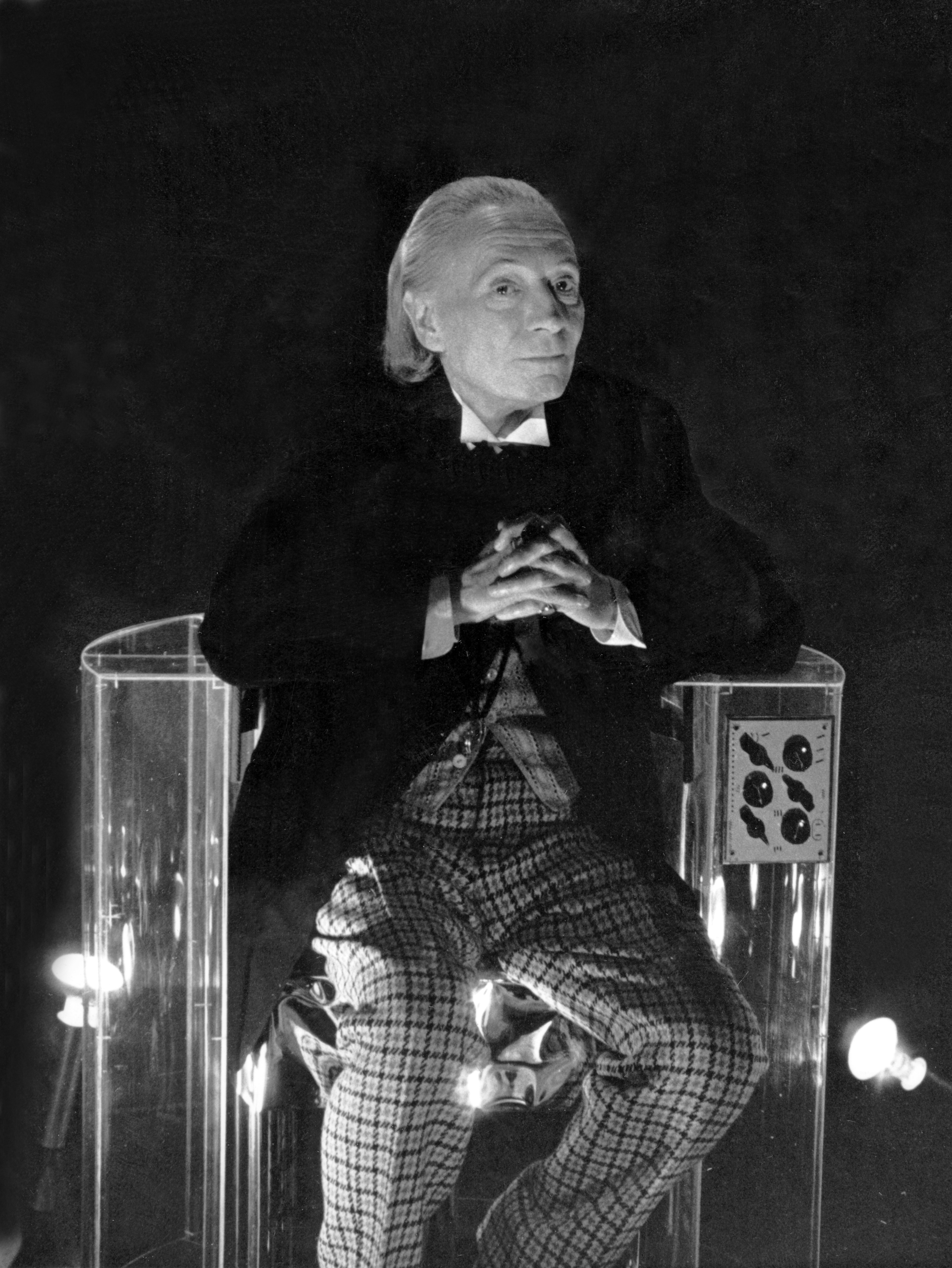
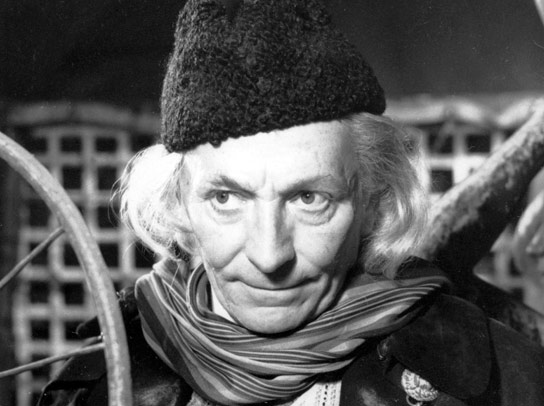
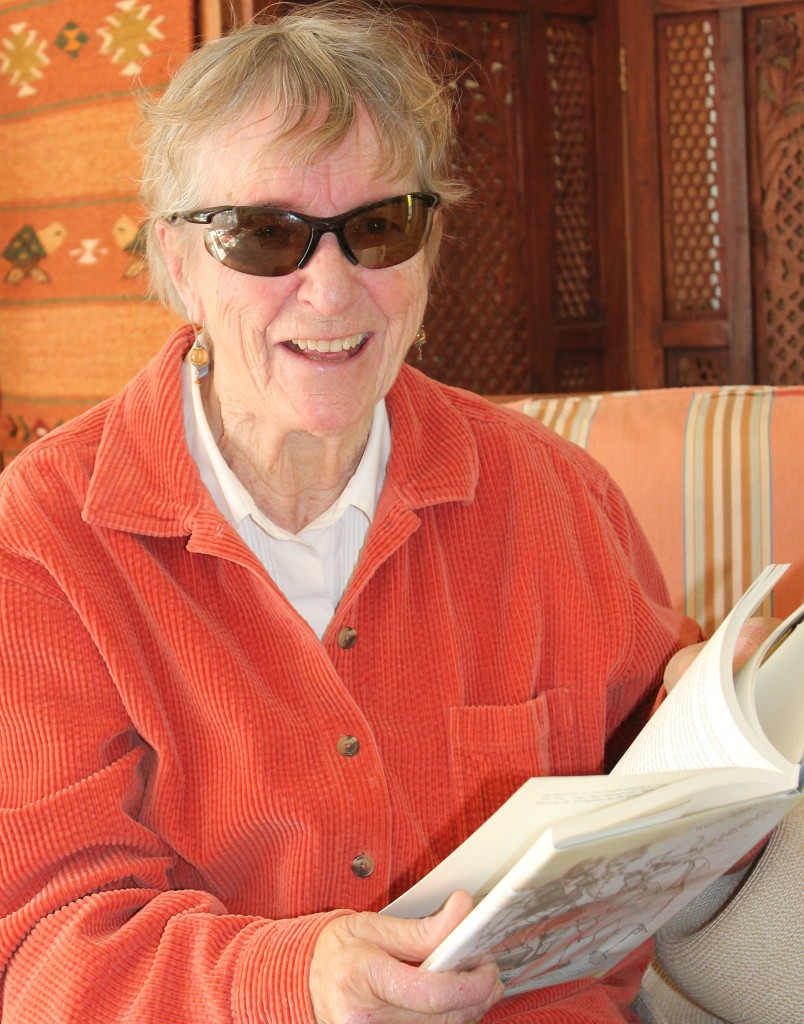
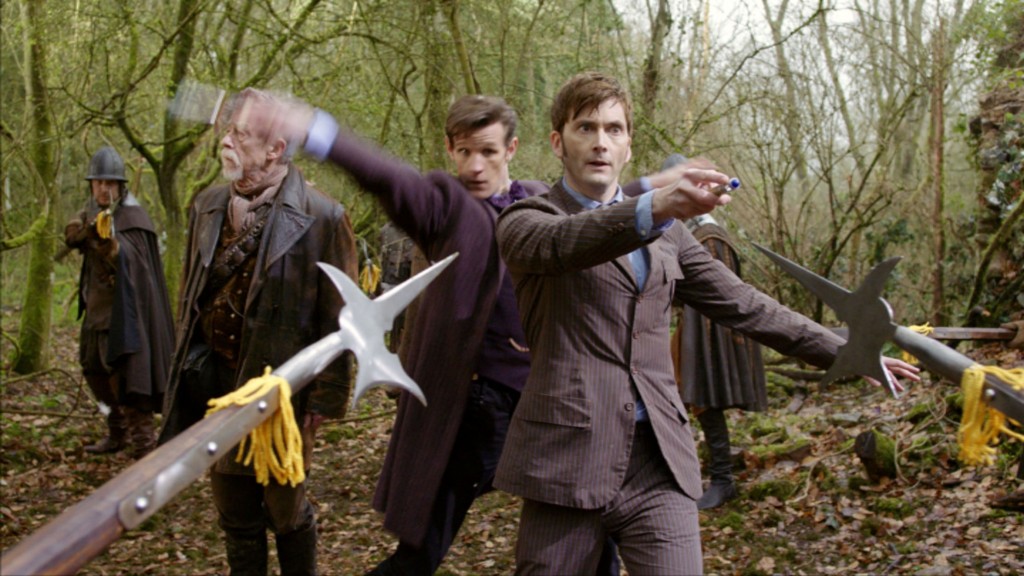
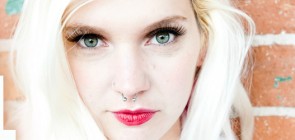
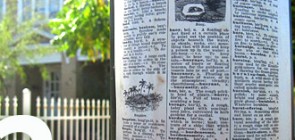


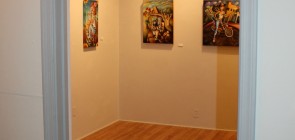
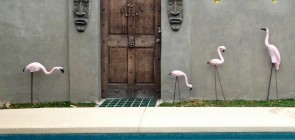


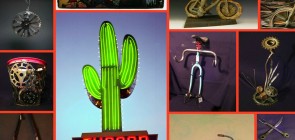
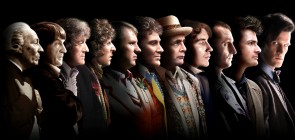

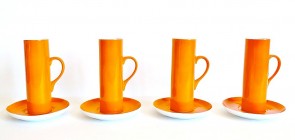


Speak Your Mind